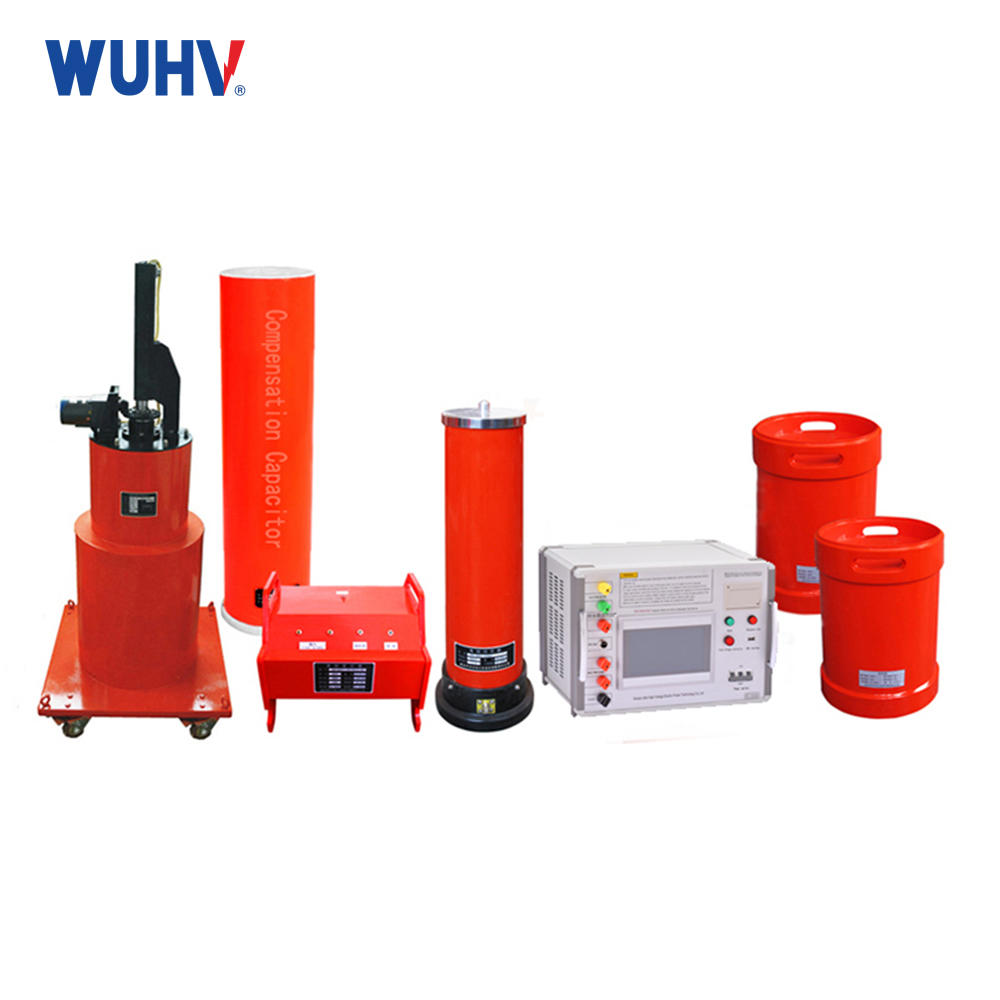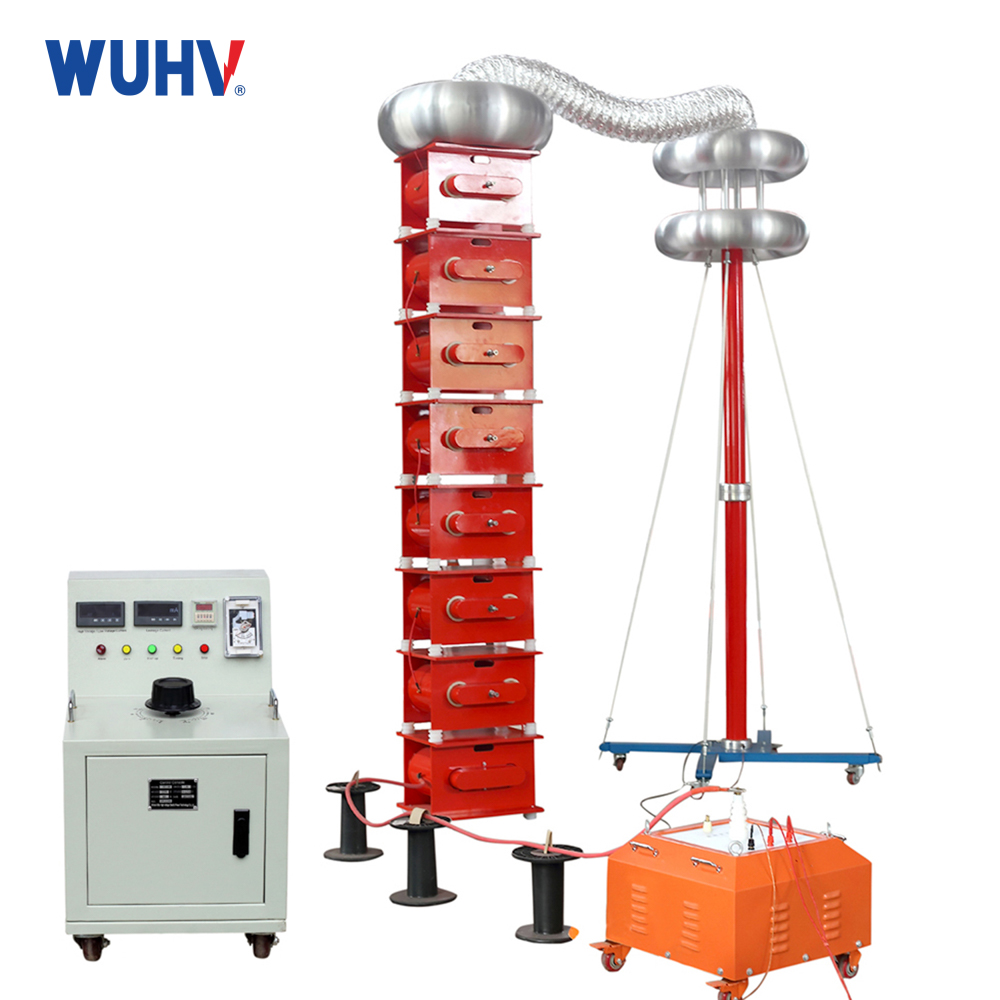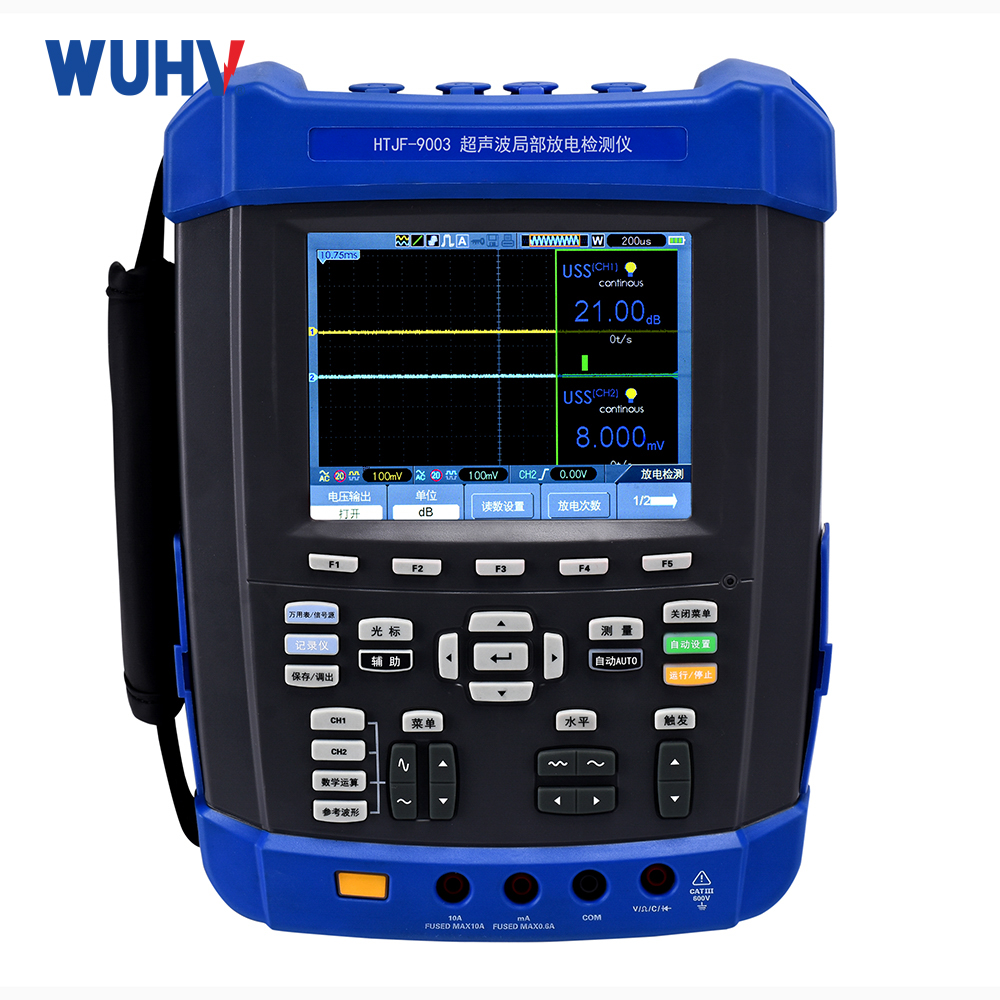The cable fault tester under UHV power can help many power workers conduct various power tests more conveniently.
1. Load monitoring
Monitoring cable load can help us understand changes in cable load and analyze how cables work. Since overloading can seriously damage cables, the load on the cables should be measured and monitored regularly. Clamp on ammeter can be used to measure the load of cable lines. To avoid premature aging of cable insulation, the line voltage should not be too high - below 15% of the rated voltage.
2. Temperature monitoring
The operation of cables is affected by the environment and heat dissipation. In addition, the temperature tends towards the early stages of the malfunction. Therefore, it is necessary to monitor the temperature of the cable.
Use cable fault testing instruments to measure the temperature of cable sheaths, cable joints, and other components to prevent cable insulation from exceeding limits and extend cable life.
The best time to measure cable temperature is in summer or when the cable load is at its maximum. When measuring the temperature of buried cables directly, the soil temperature should be measured. The distance from the location where the thermoelectric thermometer is installed to the cable should not be less than 3m.
Suggest using a cable fault tester to check and track newly put into use cable cooling heads; During maintenance, staff should be arranged to tighten the joints.
3. Cable corrosion usually refers to the corrosion of metal lead or aluminum sheaths. It can be divided into two categories: chemical corrosion and electrolytic corrosion.
The methods for preventing chemical corrosion are as follows: ① Collect soil and conduct chemical analysis to determine the degree of corrosion of soil and groundwater; ② Take measures to change the route, upgrade barren soil, or place cables in corrosion-resistant pipes; ③ If it is found that the cable is corroded or chemical substances are leaking from the cable line, it is recommended to dig the ground and inspect the cable, and conduct chemical analysis to determine the degree of damage; ④ Regularly spread corrosion-resistant coatings on outdoor overhead cables.
The methods for resisting electrolytic corrosion include: ① strengthening the insulation between the cable sheath and nearby giant metal objects; ② Install drainage equipment and cathode station; ③ Install the cover tube.
4. Online monitoring
With the widespread application of XLPE cables, their online monitoring technology has also been increasingly used in foreign countries such as Japan. Mainly monitoring the working condition of the main insulation and sheath from parameters such as voltage, current, partial discharge, and operating temperature; The main methods currently used include grounding wire current method, DC component method, DC superposition method, low-frequency superposition method, online monitoring method, cable temperature online monitoring method, and moisture online monitoring method.
5. Fire prevention of cables and channels
The characteristics of cable fire accidents caused by external ignition sources or self faults are violence, rapid spread, difficult rescue, and heavy losses. There are various reasons for cable fires, so it is difficult to fundamentally avoid them. To avoid significant losses caused by cable fire accidents, on the one hand, the hidden dangers of cable fires should be eliminated. On the other hand, it is necessary to attach great importance to effective measures to prevent the spread of cable fires. Nowadays, a common method of fire prevention is to use fire-resistant materials for flame retardancy, including fire-resistant coatings, fire-resistant materials, and packaging materials.
6. Prevent small animals from damaging cables
In recent years, cable accidents caused by termites have been increasing. This situation may be overlooked when laying cables. After reporting to relevant departments, local residents should strengthen cable inspections. If an excessive number of termites are found, the situation should be reported to the higher authorities immediately and measures should be taken immediately.




















